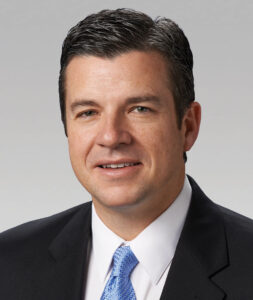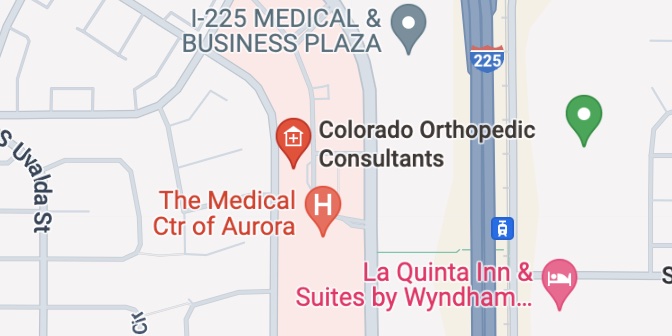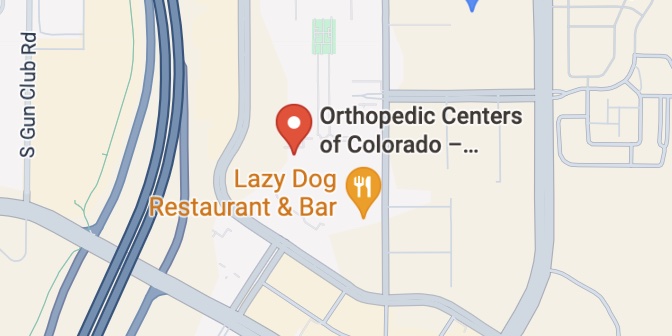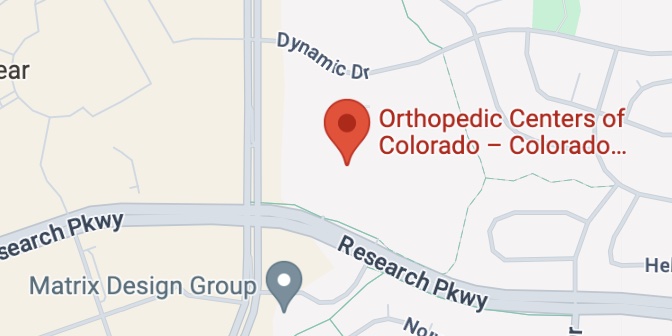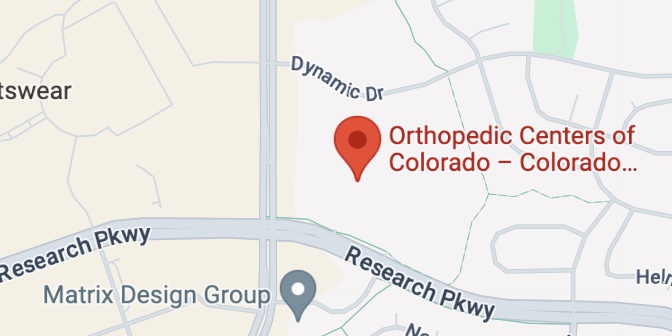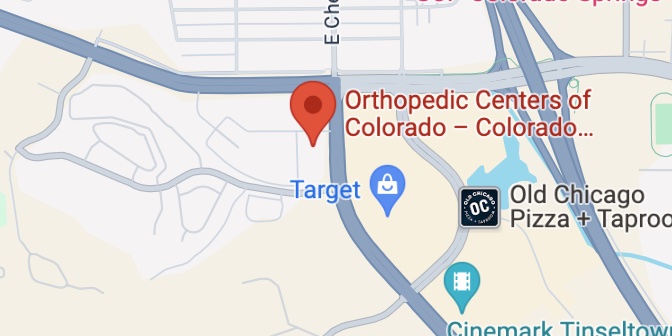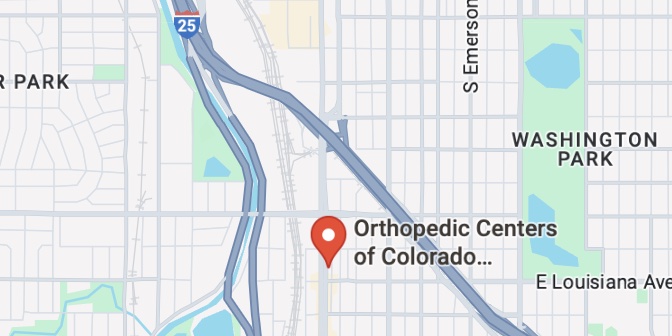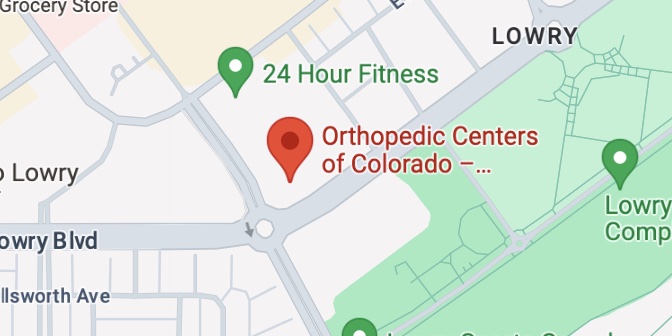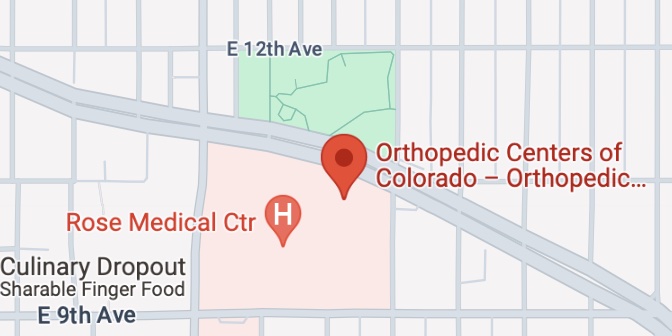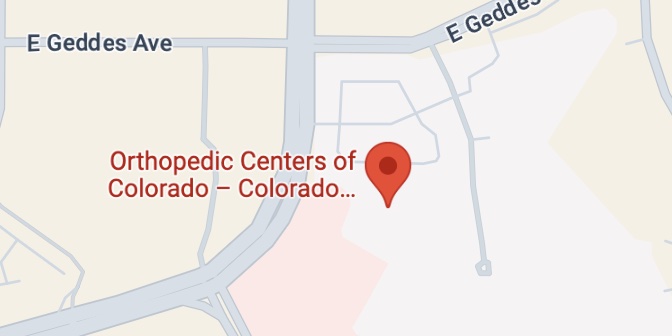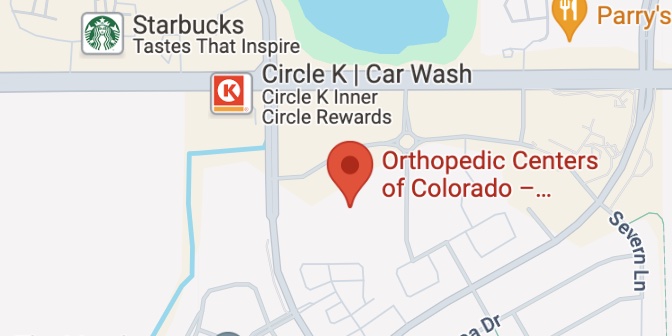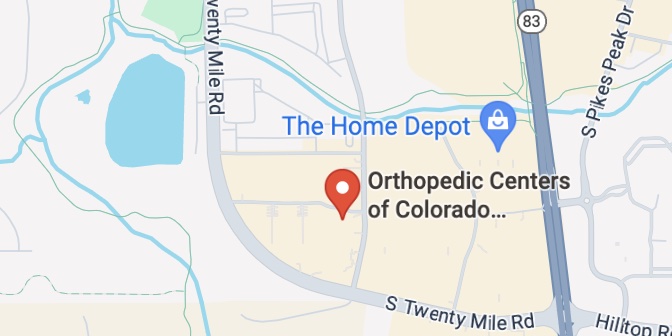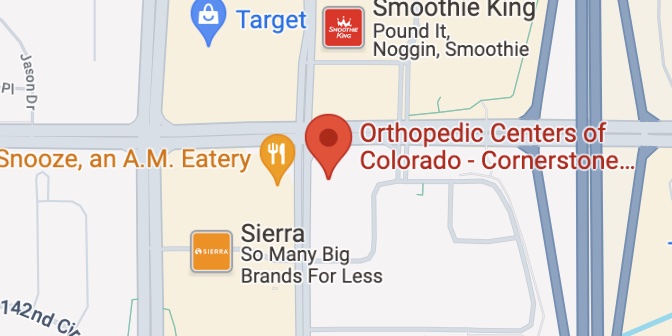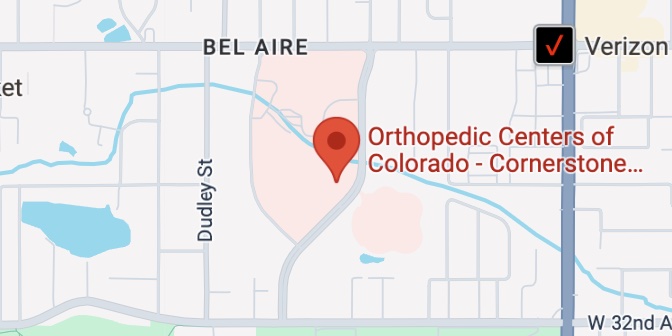Foot & Ankle Center of Excellence
When it comes to maintaining an active and healthy lifestyle, the importance of strong, pain-free feet and ankles cannot be overstated. At Orthopedic Centers of Colorado, we take pride in offering unparalleled expertise in orthopedic foot and ankle care. Our team of board-certified orthopedic specialists is dedicated to providing comprehensive and personalized care to ensure optimal mobility and a pain-free life for our patients.
Schedule Now!
Click below to schedule
an appointment
Comprehensive Care
Diagnosis & Evaluation: Our fellowship trained orthopedic surgeons and podiatry experts employ state-of-the-art diagnostic techniques to accurately assess foot and ankle conditions. From common issues like sprains and fractures to complex deformities, we have the experience to identify the root cause of your discomfort.
Non-Surgical Interventions: Our commitment to conservative care means exploring non-surgical options whenever possible. We offer a range of interventions, including physical therapy, orthotics, and lifestyle modifications to alleviate pain and improve function without the need for surgery.
Surgical Expertise: In cases where surgical intervention is necessary, our skilled foot and ankle surgeons specialize in a variety of procedures, from minimally invasive arthroscopy to complex reconstructive surgeries. Our goal is to restore your foot and ankle function while minimizing downtime and discomfort.
Sports Medicine: Athletes place unique demands on their feet and ankles. Our foot and ankle specialists have extensive experience in sports medicine, addressing injuries such as Achilles tendonitis, ligament tears, and stress fractures. We work closely with athletes to create customized treatment plans that prioritize a swift and safe return to their sport.
Comprehensive Care: Whether dealing with common conditions like plantar fasciitis, bunions, or more complex issues such as arthritis and deformities, our orthopedic experts are equipped to provide comprehensive care tailored to your specific needs.
Physical Therapy & Rehabilitation: Recovery doesn’t end in the operating room. Our team is committed to guiding you through the rehabilitation process, ensuring a smooth and effective recovery. We provide ongoing support and follow-up care to monitor progress and address any concerns.
Procedures & Conditions Treated
We treat all foot & ankle injuries, below are a few of the more common conditions:
- Achilles Tendonitis
- Achilles Tendon rupture
- Ankle Arthrodesis/Fusion
- Ankle Instability
- Ankle Replacement
- Ankle Sprains
- Broken Ankle
- Bunions (Hallux Valgus)
- Calcaneus Fracture
- Chronic Ankle Laxity
- Chronic Lateral Ankle Pain
- Clubfoot
- Corns and Calluses
- Flat Feet (Pes Planus)
- Flexible Flatfoot in Children
- Fractures
- Gout
- Hammer toe
- Heel Fracture
- Heel Pain
- High Arched Feet (Cavus)
- Ingrown Toenails
- Intoeing
- Lisfranc Injury
- Metatarsalgia
- Morton’s Neuroma
- Neuroma
- Orthotic Devices
- Osteoarthritis – Foot & Ankle
- Peroneal Tendon Injury
- Pilon Fracture of the Ankle
- Plantar Fasciitis
- Posterior Tibial Tendon Dysfunction
- Rheumatoid Arthritis – Foot & Ankle
- Sesamoiditis
- Sever’s Disease
- Sprained Ankle
- Stiff Big Toe (Hallux rigidus)
- Stress Fractures – Foot & Ankle
- Talus Fracture
- Tarsal Tunnel Syndrome
- Tendonitis
- Turf Toe
Patient-Centered Care
Our patient-centered approach is built on communication, collaboration, and compassion. We understand that every patient is unique, and we take the time to listen to your concerns, answer your questions, and involve you in decisions about your care. Our goal is not just to treat conditions but to empower you to lead an active, pain-free life.
Our dedicated team of healthcare professionals strives to create a compassionate and supportive environment where you feel heard, respected, and actively involved in your care decisions. Your health and satisfaction are our top priorities, and we are here to collaborate with you on a personalized care journey that respects your dignity and empowers you to achieve the best possible outcomes.

Foot & Ankle Physicians
Foot & Ankle Locations







